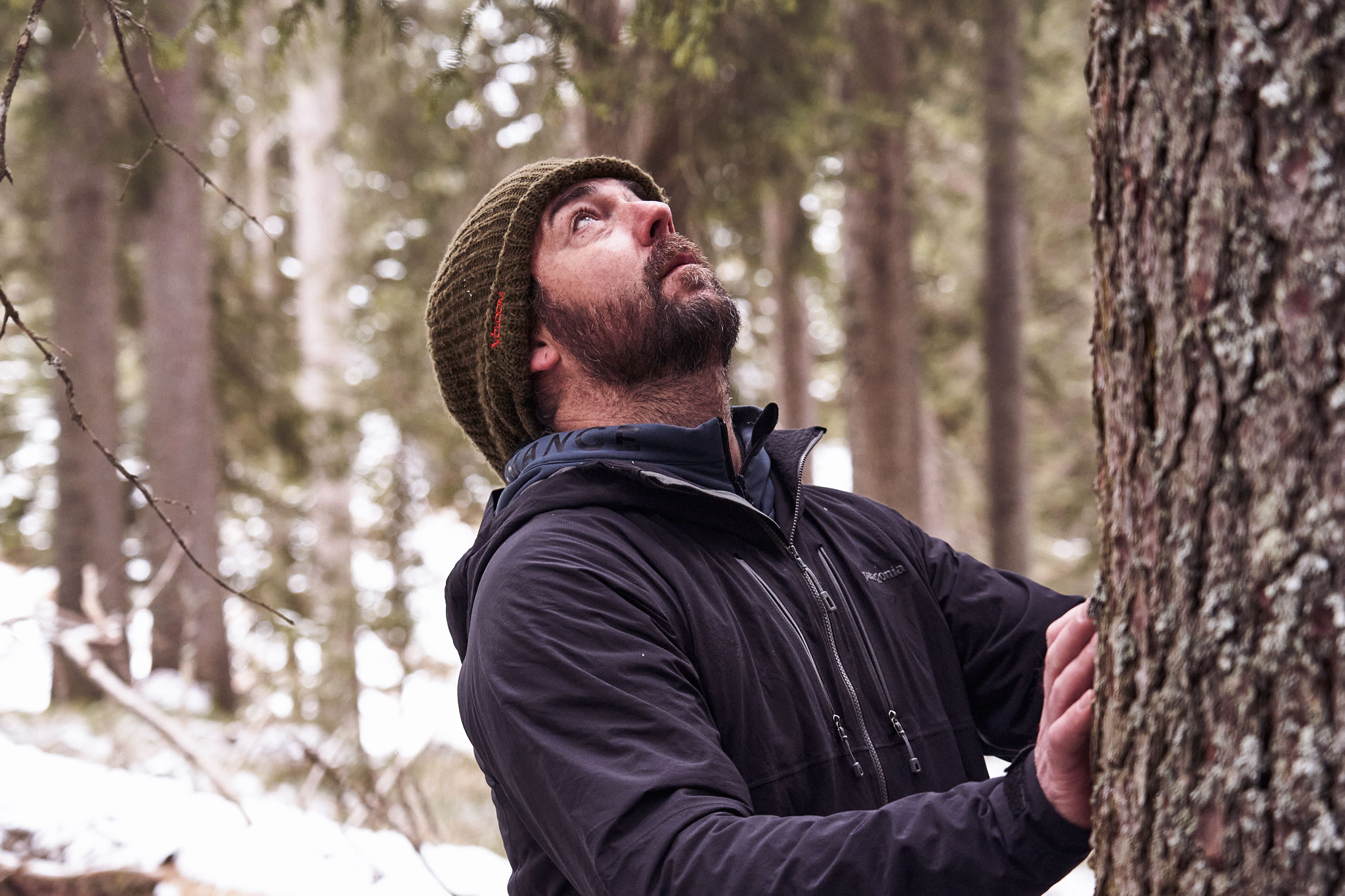The Latemar forest, located on the northern slopes of the Latemar massif in South Tyrol, is regarded as one of the most beautiful spruce forests in Europe. Growing on calcareous soil at elevations between 1,400 and 2,100 meters, with abundant rainfall and short growing seasons, spruces here find ideal conditions. The trees often stand on north- and northwest-facing slopes, with flatter terrain in the lower ranges and steeper sections higher up, crossed by ravines and avalanche paths. Under these circumstances, spruces can reach heights of up to 45 meters and ages of 200 to 260 years.
Such conditions give rise to a remarkably straight and even growth, with narrow annual rings that make the wood highly sought after. Especially prized is the so-called Haselfichte (bearclaw spruce), long valued in instrument making for its unique tonal and visual qualities.
Ideally, the chosen tree grows on slightly flatter terrain, allowing it to develop a concentric and evenly shaped structure. Any clear sign of spiral growth, however, is already a disqualifying factor.
In addition to these objective criteria, a certain intuition always plays a role in my selection. Even though there is a significant residual risk—since the true quality of the wood can only be judged after felling and later sawing—this instinct guides me toward the trees that will most likely give life to exceptional instruments.




